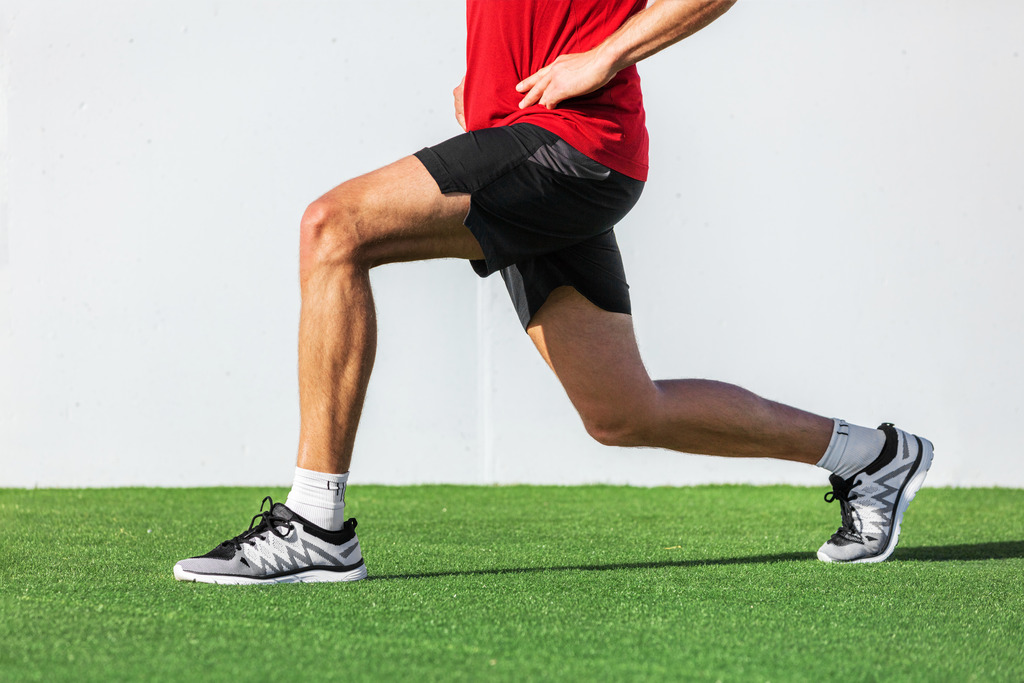Dumbbells are a powerful tool for strength training, fat loss, and total-body conditioning. They’re compact, versatile, and easy to incorporate into nearly any workout. But the same benefits that make them accessible can also lead to bad habits if you’re not careful. Many lifters—whether beginners or seasoned gym-goers—fall into form and technique traps that limit results and increase injury risk.
“Dumbbells are amazing, but they’re only as effective as your form allows,” says certified strength coach James Bennett. “You can get stronger, leaner, and more athletic with them, but only if you’re training smart.”
Below are the four most common dumbbell mistakes that can seriously stall your progress and compromise your safety. Let’s break them down and show you exactly how to fix each one.
1. Moving Too Fast and Using Momentum
One of the most frequent mistakes is letting momentum do the work. You’ve likely seen people swing the dumbbells during curls or press with jerky motions overhead. While it may feel like more effort, the reality is you’re removing tension from the muscles that matter and placing stress on your joints.
Why it’s harmful:
Using momentum reduces muscle activation and increases the chance of injury, especially in your lower back, shoulders, and wrists.
How to fix it:
Focus on time under tension. Slow your reps down and control the movement from start to finish. For a standard bicep curl, lift the dumbbell up in two seconds, lower in three to four. Keep your back upright and avoid leaning or swinging. If you can’t complete the rep without using your entire body, the weight is too heavy.
Quality reps matter more than how much you lift. Controlled movements also improve muscle fiber recruitment, which leads to faster gains.
2. Failing to Engage the Right Muscles
Another major issue is relying on the wrong muscle groups during compound exercises. This typically shows up in movements like rows or presses where the arms take over instead of the intended large muscles like the back or chest.
Why it’s harmful:
Overusing smaller muscles like your biceps or shoulders not only limits strength gains but increases the risk of overuse injuries.
How to fix it:
Establish a mind-muscle connection. In exercises like single-arm dumbbell rows, focus on squeezing your shoulder blade rather than pulling with your arm. Visualize your back doing the lifting. Coach Bennett explains, “Your arms are just hooks holding the weight. Let your back and core do the work.”
For shoulder presses, keep the motion smooth and avoid pushing with your legs or shrugging your traps. Engaging the proper muscles ensures full development and safer lifting mechanics.
3. Dropping or Mishandling Dumbbells
It may feel intense to finish a heavy set and let the weights crash down, but it’s not impressive—it’s dangerous. Slamming dumbbells creates joint shock and increases the risk of dropping weights on yourself or someone else.
Why it’s harmful:
Letting weights fall abruptly stresses the elbows, wrists, and shoulders. It also damages gym floors and equipment.
How to fix it:
Always finish sets with control. Lower the weights deliberately, especially during the negative phase of a lift. This eccentric movement is where much of the muscle-building magic happens.
During chest presses or rows, resist the urge to drop the weights quickly. Instead, lower them slowly to your sides. Use rubber-coated dumbbells for added safety, and always return them gently to the rack or floor.
4. Ignoring Posture and Spinal Alignment
No matter how strong you are, bad posture while lifting can wreck your form and lead to serious injuries. Common issues include rounded shoulders during presses, excessive lower back arch during deadlifts, or knees caving in during squats.
Why it’s harmful:
Poor alignment places excessive strain on the spine, hips, and joints. It also reduces movement efficiency, making your workout less effective.
How to fix it:
Prioritize alignment before every set. Stand with your shoulders pulled back, spine neutral, and core engaged. When squatting or deadlifting, hinge from your hips—not your lower back—and keep your chest lifted.
For overhead presses, maintain a stacked position: ears over shoulders, hips over heels. Practice posture drills like wall angels or band pull-aparts before training to reinforce healthy mechanics. If you struggle with form under load, reduce the weight or simplify the movement.
Bonus Tip: Warm Up and Cool Down
Skipping warmups is another silent mistake that can limit performance and invite injury. Always prepare your muscles and joints with a few minutes of dynamic movement before grabbing dumbbells. Arm circles, shoulder rolls, and light mobility drills help improve range of motion and reduce tightness.
After your session, cool down with static stretches focused on your arms, shoulders, and upper back to maintain flexibility and improve recovery.
Final Thoughts
Dumbbells can transform your body, but only if you avoid these common traps. Using momentum, overloading the wrong muscles, handling weights carelessly, and ignoring posture are all mistakes that can ruin your progress or lead to injury.
When in doubt, go back to basics. Use lighter weights, focus on controlled motion, and maintain strong posture. With these habits in place, you’ll build more strength, improve balance, and train injury-free for years to come.










